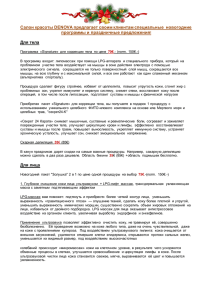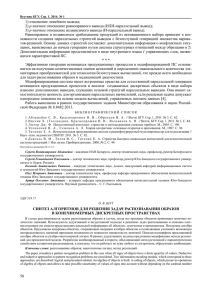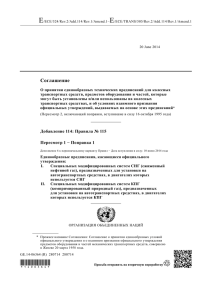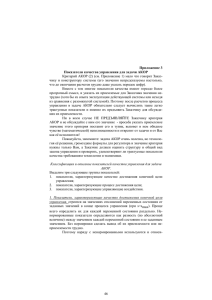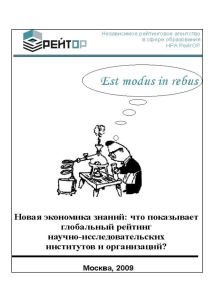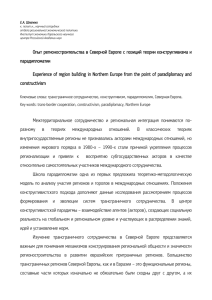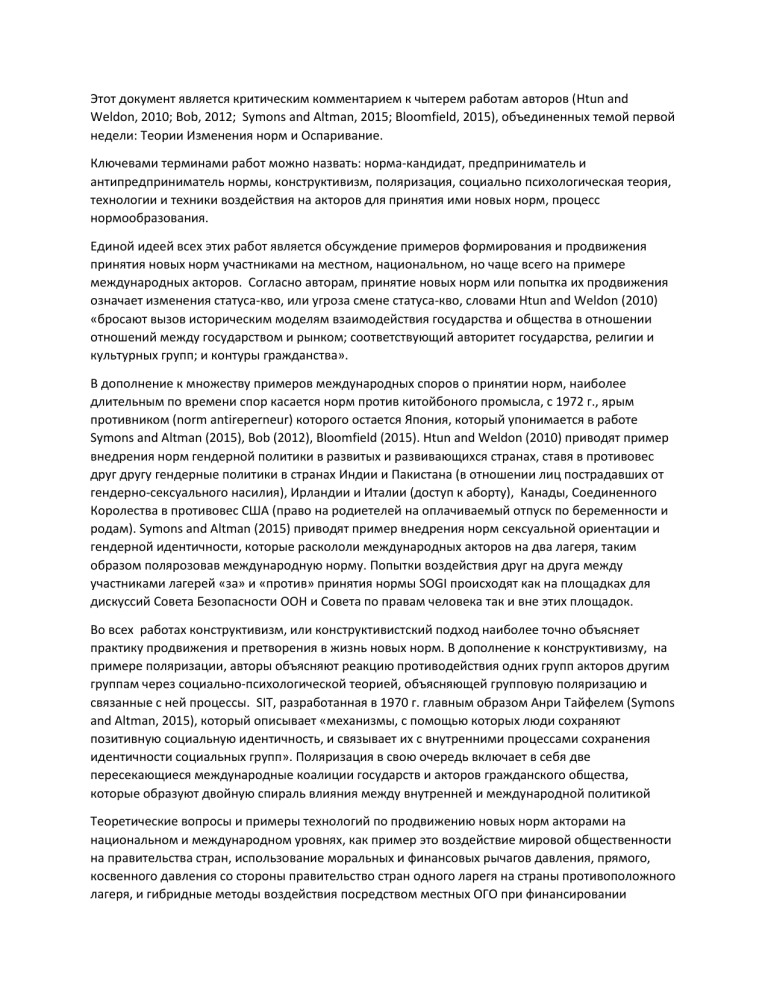
Этот документ является критическим комментарием к чытерем работам авторов (Htun and Weldon, 2010; Bob, 2012; Symons and Altman, 2015; Bloomfield, 2015), объединенных темой первой недели: Теории Изменения норм и Оспаривание. Ключевами терминами работ можно назвать: норма-кандидат, предприниматель и антипредприниматель нормы, конструктивизм, поляризация, социально психологическая теория, технологии и техники воздействия на акторов для принятия ими новых норм, процесс нормообразования. Единой идеей всех этих работ является обсуждение примеров формирования и продвижения принятия новых норм участниками на местном, национальном, но чаще всего на примере международных акторов. Согласно авторам, принятие новых норм или попытка их продвижения означает изменения статуса-кво, или угроза смене статуса-кво, словами Htun and Weldon (2010) «бросают вызов историческим моделям взаимодействия государства и общества в отношении отношений между государством и рынком; соответствующий авторитет государства, религии и культурных групп; и контуры гражданства». В дополнение к множеству примеров международных споров о принятии норм, наиболее длительным по времени спор касается норм против китойбоного промысла, с 1972 г., ярым противником (norm antireperneur) которого остается Япония, который упонимается в работе Symons and Altman (2015), Bob (2012), Bloomfield (2015). Нtun and Weldon (2010) приводят пример внедрения норм гендерной политики в развитых и развивающихся странах, ставя в противовес друг другу гендерные политики в странах Индии и Пакистана (в отношении лиц пострадавших от гендерно-сексуального насилия), Ирландии и Италии (доступ к аборту), Канады, Соединенного Королества в противовес США (право на родиетелей на оплачиваемый отпуск по беременности и родам). Symons and Altman (2015) приводят пример внедрения норм сексуальной ориентации и гендерной идентичности, которые раскололи международных акторов на два лагеря, таким образом полярозовав международную норму. Попытки воздействия друг на друга между участниками лагерей «за» и «против» принятия нормы SOGI происходят как на площадках для дискуссий Совета Безопасности ООН и Совета по правам человека так и вне этих площадок. Во всех работах конструктивизм, или конструктивистский подход наиболее точно объясняет практику продвижения и претворения в жизнь новых норм. В дополнение к конструктивизму, на примере поляризации, авторы объясняют реакцию противодействия одних групп акторов другим группам через социально-психологической теорией, объясняющей групповую поляризацию и связанные с ней процессы. SIT, разработанная в 1970 г. главным образом Анри Тайфелем (Symons and Altman, 2015), который описывает «механизмы, с помощью которых люди сохраняют позитивную социальную идентичность, и связывает их с внутренними процессами сохранения идентичности социальных групп». Поляризация в свою очередь включает в себя две пересекающиеся международные коалиции государств и акторов гражданского общества, которые образуют двойную спираль влияния между внутренней и международной политикой Теоретические вопросы и примеры технологий по продвижению новых норм акторами на национальном и международном уровнях, как пример это воздействие мировой общественности на правительства стран, использование моральных и финансовых рычагов давления, прямого, косвенного давления со стороны правительство стран одного ларегя на страны противоположного лагеря, и гибридные методы воздействия посредством местных ОГО при финансировании международными акторами. Symons and Altman (2015) ссылаются на Финнемора и Сиккинка (1998) объясняя модели «жизненного цикла нормы», которые определяют три ключевых этапа в процессе, посредством которых норма-кандидат становится стандартом «надлежащего поведения для акторов с заданной идентичностью». Этапы «возникновения нормы» гражданские общества путем давления убеждают государства принять норму-кандидат. Принявшие нормукандидат государства в качестве «лидера норм», способствуют международному признанию нормы-кандидата. И третий этап - «переломная точка», когда норма «каскадирует» на международном уровне. This paper is a critical commentary on four papers by the authors (Htun and Weldon, 2010; Bob, 2012; Symons and Altman, 2015; Bloomfield, 2015), united by the theme of Week 1: Norm Change Theories and Controversy. The key terms of the papers are norm-candidate, norm entrepreneur and norm antipreneur, constructivism, polarization, social psychological theory, technologies and techniques for influencing actors to adopt new norms, and the process of norm-formation. The common idea of all these works is to discuss examples of the formation and promotion of the adoption of new norms by actors at the local, national, but most often on the example of international actors. According to the authors, adopting new norms or attempting to promote them means changing the status quo, or threatening to change the status quo, in the words of Htun and Weldon (2010) "challenge historical models of state-society interaction regarding state-market relations; the corresponding authority of the state, religion and cultural groups; and the contours of citizenship." In addition to the many examples of international disputes over norm adoption, the longest-running dispute concerns norms against whaling, since 1972, of which Japan remains an ardent opponent (norm antipreneur), mentioned in Symons and Altman (2015), Bob (2012), Bloomfield (2015). Htun and Weldon (2010) provide an example of the implementation of gender norms in developed and developing countries, placing gender policies in India and Pakistan (for survivors of sexual and gender-based violence), Ireland and Italy (access to abortion), Canada, the United Kingdom as opposed to the United States (right to paid maternity leave) as opposed to each other. Symons and Altman (2015) cite the introduction of sexual orientation and gender identity norms that have split international actors into two camps, thus polarizing the international norm. Attempts to influence one another between the camps "for" and "against" the adoption of the SOGI norm take place both within and outside the debates of the UN Security Council and Human Rights Council. In all of the works, constructivism, or a constructivist approach, most accurately explains the practice of promoting and implementing new norms. In addition to constructivism, using the example of polarization, the authors explain the reaction of the opposition of some groups of actors to other groups through a socio-psychological theory that explains group polarization and related processes. SIT, developed in 1970 mainly by Henri Tajfel (Symons and Altman, 2015), describes "the mechanisms by which people maintain positive social identities and relates them to the internal processes of social group identity maintenance. Polarization, in turn, involves two overlapping international coalitions of states and civil society actors that form a double helix of influence between domestic and international politics Theoretical issues and examples of technologies to promote new norms by actors at national and international levels, such as global public pressure on national governments, use of moral and financial leverage, direct, indirect pressure from one camp government on opposing camp countries, and hybrid methods of influence through local CSOs funded by international actors. Symons and Altman (2015) refer to Finnemore and Sikkink (1998) in explaining "norm life cycle" models that identify three key stages in the process through which the candidate norm becomes the standard of "appropriate behavior for actors with a given identity." The stages of "norm emergence" civil societies persuade states, through pressure, to accept the candidate norm. States that have accepted the candidate norm as "norm leader" promote international recognition of the candidate norm. And the third stage is the "tipping point," when the norm "cascades" internationally. From <https://online.mun.ca/d2l/le/453519/discussions/topics/457537/View> Feedback 81 / 100 Grade is marked as not being late, with one "flex day" used. (i.e. grade is: 82 minus 10 points 1-day late penalty plus 10 points for use of "flex day.") You have 4 remaining flex days for the semester. If you would rather hold onto this flex day for later, let me know Strong engagement with the readings, Bakhyt. You're right to point out how prominently whaling features in a lot of this literature. You could even expand this into a critique, which would make your commentary even stronger: if so much of the theorizing on contestation is based on a single topic, perhaps these theories won't be as relevant or applicable across various policy areas? Constructivism is normally associated with IR theory, and Htun and Weldon are comparativists...but I think you could argue that their analysis is very complementary to a constructivist orientation, and it was astute of you to reference the constructivist orientation of norms literature! In your last paragraph, it seems like you might have run out of space and time! Your commentary would be even stronger if the final paragraph was structured a bit more conclusively. Explaining the norm life cycle model feels like it might be better suited to the beginning of a commentary (i.e. situating "these are what the readings talk about and they are based on constructivist critiques of the norm life cycle model.") Does that make sense? Finally, there are a few sentences that are structured a bit awkwardly, grammatically. Overall, your writing is pretty clear - but could be even clearer with some grammatical tweaks. Good job!
